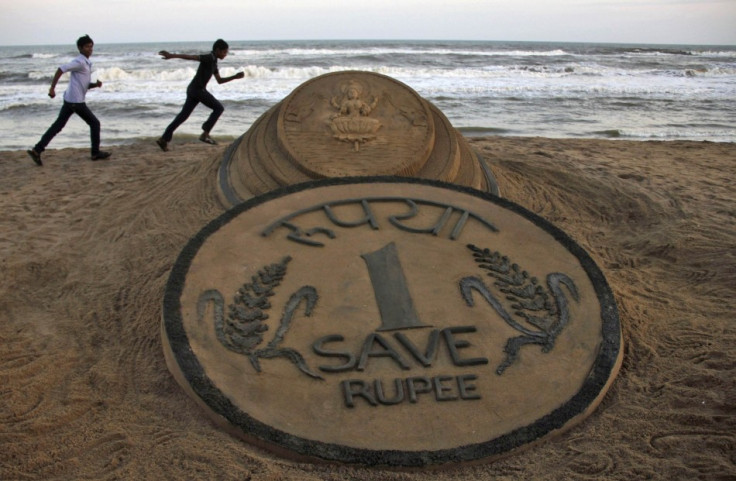Indian Rupee Gains on Strong FDI Inflows Despite US Fed Stimulus Cut Fears

India's rupee retraced its losses on 18 September due to a strong rise in foreign direct investment inflows into the country that helped alleviate fears about the US Federal Reserve paring back its stimulus programme.
Only yesterday, the rupee fell by steepest monthly drop as the Federal Open Market Committee (FOMC) started a meeting to decide whether to cut back its bond-buyback programme that has driven demand for emerging-market assets.
The currency bounced back on in trading today at 63.14 as at 7:16 am GMT. Earlier, the government said that FDI inflows into India rose an annual 12.9% in July to $1.66bn (€1.24bn, £1.04bn).
For the first four months of the ongoing fiscal year, FDI inflows increased by 20% on year to $7.05bn. For the fiscal year ended in March 2013, FDI inflows declined $22.42bn from $35.12bn in the previous year.
FDI inflows have declined to $22.42bn in the fiscal year ended March 2013, from $35.12bn in the previous year.
Fed Stimulus Cut
Fears of the US tapering stimulus have negatively affected currencies in emerging markets, and the rupee has lost nearly 20% of its value since April. The currency plunged to an all-time low of 68.80 against the US dollar in August.
Concerns about the US stimulus cut prompted foreigners to sell their holdings in emerging markets. International investors have disposed of a net $3bn worth of Indian stocks since 3 June, according to The Securities and Exchange Board of India.
The Fed is expected to trim its monthly debt-buying programme by $10bn to $75bn this week, according to a Bloomberg survey of economists. Its decision to be announced after the FOMC meeting would be vital for the Reserve Bank of India (RBI), when the central bank meets on 20 September to review policy.
The RBI's newly appointed chief Raghuram Rajan delayed the September review to consider the US Federal Reserve's meeting. In the meeting, he will have to decide whether to lower interest rates in order to boost slowing economic growth as demanded by industries, or leave interest rates unchanged for the third straight time to avert shocks of a fresh rise in inflationary pressures.
Rajan earlier promised to further liberalise financial markets and the banking sector to tackle the country's economic issues. In addition, the government has undertaken measures, including easing rules for foreign institutional investors to purchase government bonds, as the country looks to attract more foreign investment to curb the slide in the rupee.
The country is also suffering from a widening current account deficit, which puts a strain on foreign exchange reserves. As part of its measures to tackle the current account deficit, India has increased duty on imports of gold jewellery to 15% from 10%.
The recent decline in gold prices has boosted demand in India, the biggest consumer of gold in the world. Gold imports contribute largely to India's widening current account deficit.
© Copyright IBTimes 2025. All rights reserved.






















